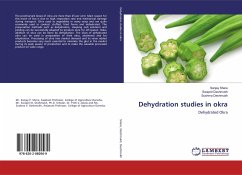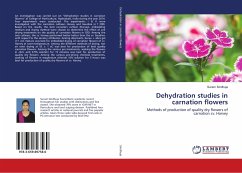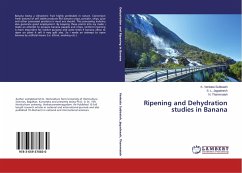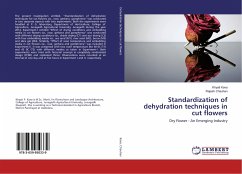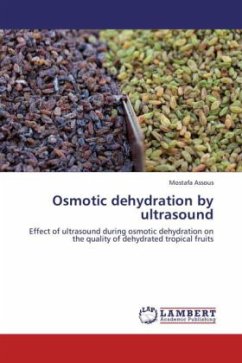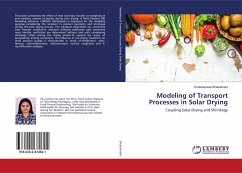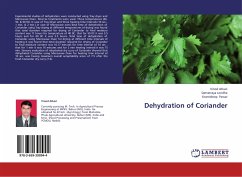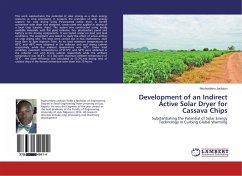The post-harvest losses of okra are more than 25 per cent. Main reason for this much of loss is due to high respiration rate and mechanical damage during transport. Okra used as vegetables in many ways and are quite commonly used in cooked, stuffed, fried forms and dehydrated. The preservation methods such as dehydration, steeping (salt solution) and pickling can be successfully adapted to preserve okra for off-season. Value addition of okra can be done by dehydration. The slices of dehydrated okra can be used in preparation of fried okra, alubhendi and for rehydration. Processing of okra into market demand and its value added products becomes very much essential to minimize the glut in the market during its peak season of production and to make the valuable processed product on wide range.
Bitte wählen Sie Ihr Anliegen aus.
Rechnungen
Retourenschein anfordern
Bestellstatus
Storno

